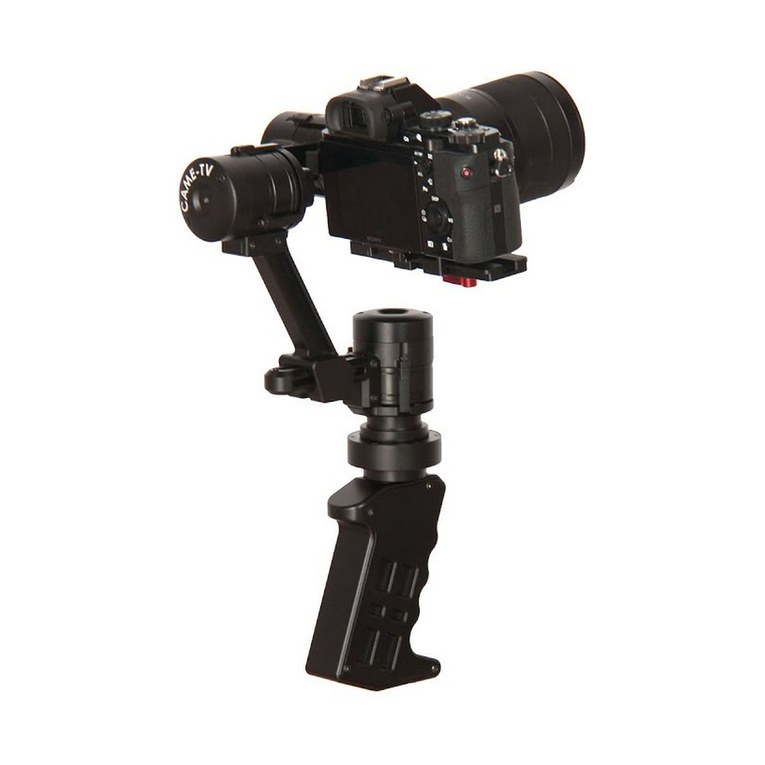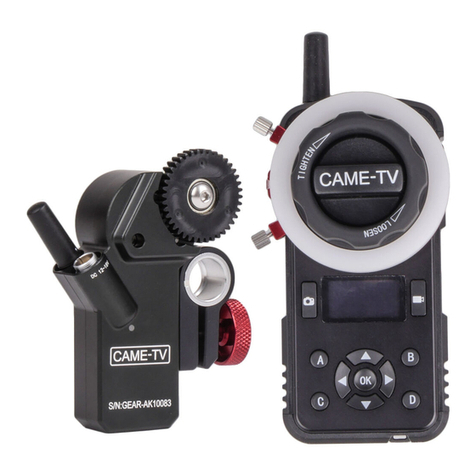Step one: Balancing the Pitch Axis
1. Mount your camera onto the gimbal's QR plate. Then slide the QR plate into the fixed plate onto the gimbal. You can
then adjust the camera's anterior-posterior balance via the slide slot on the fixed plate.
2.When fully balanced, the camera will stay level, no matter what (tilt) angle you set it at. Once pitch balance is achieved,
lock the plate in.
Step two: Balancing the Roll Axis
fixed screw 5
Anti-vibration fixed knob
Quick release fixed screw
Optimus Balance Adjustment
To ensure the gimbal functions properly and provides optimal stabilization, balance adjustment is extremely important.
Especially when shooting extreme sports or scenes that involve high-velocity motion (such as running,riding or aerial
shooting, etc.). Exact balance will directly influence the quality of the shooting, and the stabilization of the shot itself.
Proper balance can prolong battery life as well. So before the shooting, be sure to fully balance the gimbal's three axes:
Yaw, Roll, and Pitch axis.You will know you're achieved proper balance if your camera is able to stay level on all 3 axes
whether the gimbal is turned on or off. (If the gimbal is unbalanced on any axis, then it will tilt when the camera is mounted).
Before mounting the camera onto the gimbal, make sure that it is physically in the working state that it will be in when you
start to shoot with it. This means you will need to remove the lens cover, insert the battery, memory card, and any accessories
you wish to mount on it. (Just make sure it's within the specified maximum payload). Balancing the camera first, and adjusting
its supplemental weight second will influence the balance and prevent the gimbal from offering proper stabilization. So make
sure your camera is in full shooting mode before balancing.
Make sure that both the camera and the gimbal are powered off during the balancing process.
1. Loosen the Roll's adjusted screw so that the camera can move left and right.
2. Slowly slide the camera left and right until it can stay level ,and does not tilt to any one side.
3. When fully balanced, the camera will stay level, and will not tilt to any one side.
4. Once roll balance is achieved, tighten the handle screw.





























